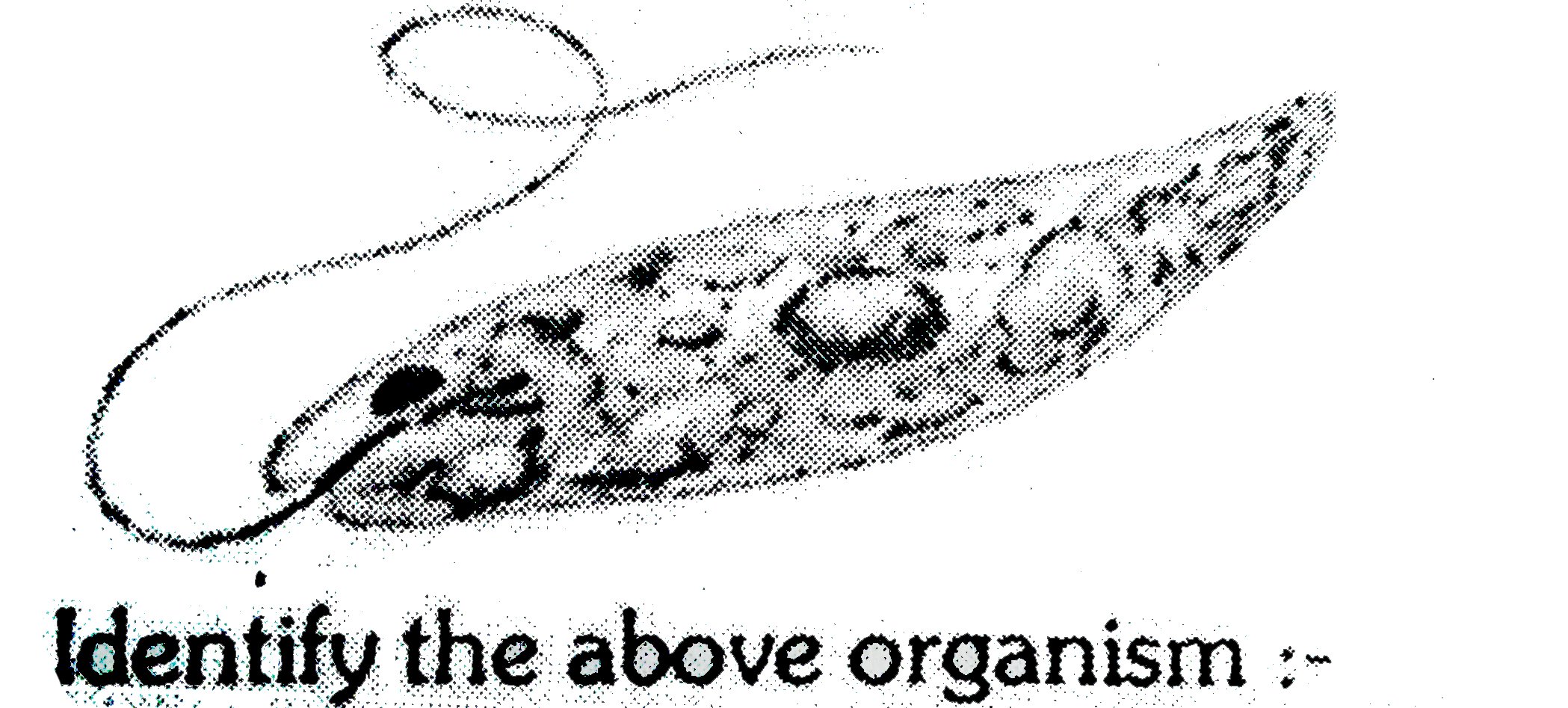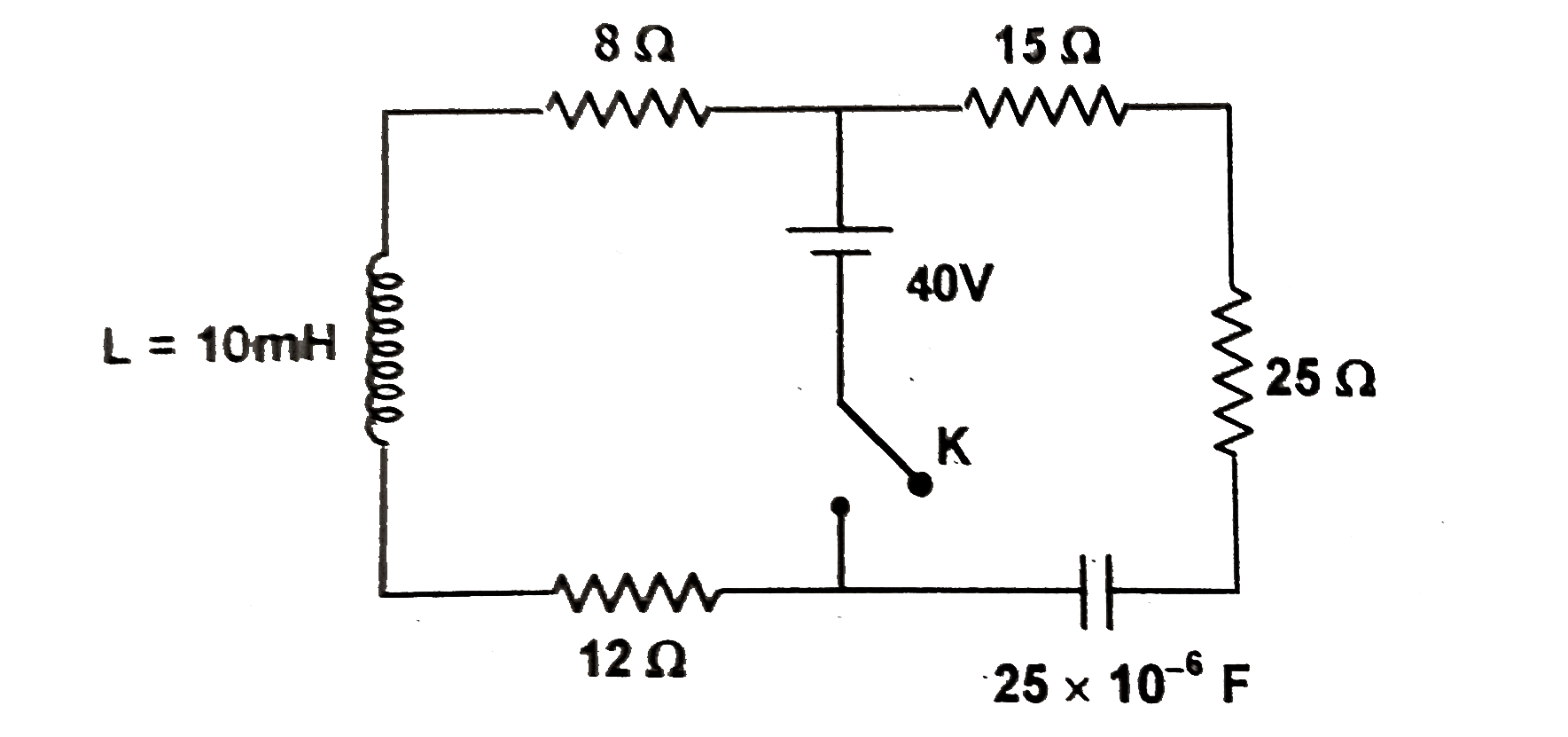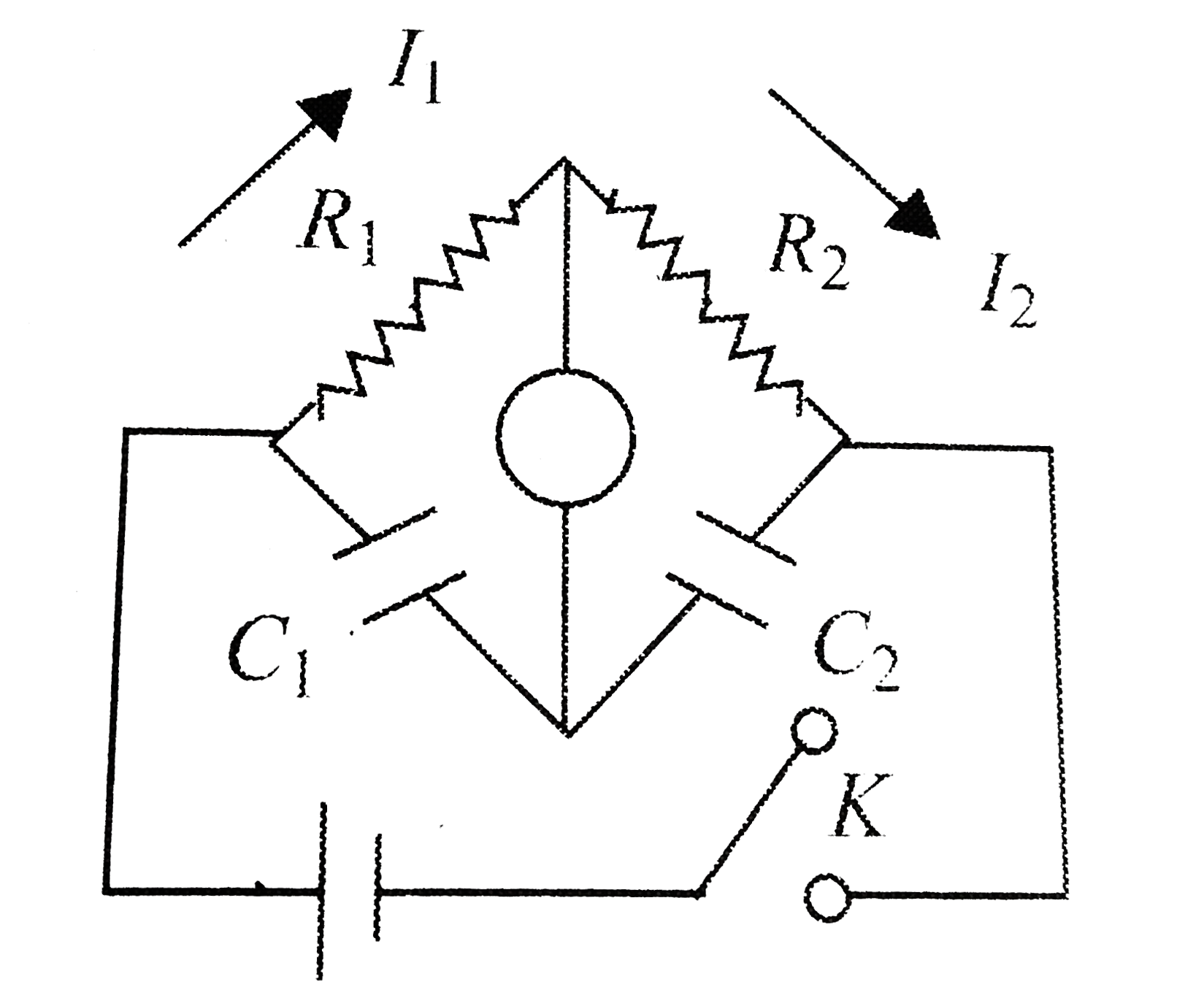For identifying organisms through key usually
Two contrasting characters are used
One similar character is studied
Two or more similar characters are used
Only one statement called lead is used
The correct Answer is:A
Step-by-Step Solution:
1. Understanding the Concept of Identification Keys:
- Identification keys are tools used by scientists to classify and identify organisms based on their characteristics. They help in distinguishing between different species.
2. Contrasting Characters:
- The identification process typically involves comparing two contrasting characters. For example, one might compare whether a plant has broad leaves or needle-like leaves. This helps narrow down the possibilities.
3. Use of Leads:
- In the context of identification keys, a "lead" is a statement that presents two contrasting options. The user selects one option based on the observed characteristics of the organism.
4. Classification Hierarchy:
- Organisms are classified into a hierarchical system: Kingdom, Phylum, Class, Order, Family, Genus, and Species. This system, developed by Carl Linnaeus, helps in organizing biological diversity.
5. Determining the Kingdom:
- When identifying an unknown organism, scientists first determine whether it resembles plants or animals. If it has characteristics of animals, it is classified under the Kingdom Animalia. If it resembles plants, it falls under the Kingdom Plantae.
6. Further Classification:
- After determining the kingdom, the organism is further classified into its respective phylum, class, order, family, genus, and species based on its specific traits.
- Identification keys are tools used by scientists to classify and identify organisms based on their characteristics. They help in distinguishing between different species.
- The identification process typically involves comparing two contrasting characters. For example, one might compare whether a plant has broad leaves or needle-like leaves. This helps narrow down the possibilities.
- In the context of identification keys, a "lead" is a statement that presents two contrasting options. The user selects one option based on the observed characteristics of the organism.
- Organisms are classified into a hierarchical system: Kingdom, Phylum, Class, Order, Family, Genus, and Species. This system, developed by Carl Linnaeus, helps in organizing biological diversity.
- When identifying an unknown organism, scientists first determine whether it resembles plants or animals. If it has characteristics of animals, it is classified under the Kingdom Animalia. If it resembles plants, it falls under the Kingdom Plantae.
- After determining the kingdom, the organism is further classified into its respective phylum, class, order, family, genus, and species based on its specific traits.
Topper's Solved these Questions
- THE LIVING WORLDBOOK - AAKASH INSTITUTE ENGLISHCHAPTER - THE LIVING WORLDEXERCISE - ASSIGNMENT SECTION - B
35 Videos
- THE LIVING WORLDBOOK - AAKASH INSTITUTE ENGLISHCHAPTER - THE LIVING WORLDEXERCISE - ASSIGNMENT SECTION - C
18 Videos
- THE LIVING WORLDBOOK - AAKASH INSTITUTE ENGLISHCHAPTER - THE LIVING WORLDEXERCISE - EXERCISE
20 Videos
- Test-12BOOK - AAKASH INSTITUTE ENGLISHCHAPTER - Test-12EXERCISE - Exercise
60 Videos
- TRANSPORT IN PLANTS BOOK - AAKASH INSTITUTE ENGLISHCHAPTER - TRANSPORT IN PLANTS EXERCISE - Assignment (Section D) Assertion-Reason Type Questions
10 Videos
Similar Questions
The genes are responsible for growth and differentiation in an organism through regualtion of
View SolutionIn a practical test, a student has to identify the organisms in which syngamy does not occur. In those organisms the female gamete undergoes development to form new organisms without fertilization. This phenomenon is called "X". Identify the organisms and the phenomenon "X".
View Solution
Knowledge Check
Key' is a taxonomical aid used for the identification of organisms. Each statement in key is called a _________.
AcoupletBleadCboth (a) and (b)Dnone of these

Identify the above organism:-
View SolutionAmphimixis is development of an organism obtained through
View SolutionLargeer sized organisms usually have
View SolutionIn th circuit the key (K) is closed at t=0. Find the current in ampere through the key (K) at the instant t=102ln2 sec.

View SolutionKeys are required for
(a) Phylogenetic classification
(b) Natural classification
(c) Identification of organism
(d) Both b and c
View SolutionIn the circuit in fig. If no current flows through the galvanometer when the key k is closed, the bridge is balanced. The balancing condition for bridge is

View SolutionWhich level of structural organization is composed of two or more different types of tissues with usually a recognizable shape?
View Solution
